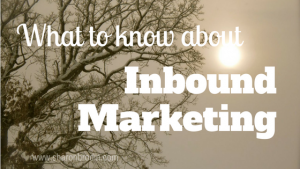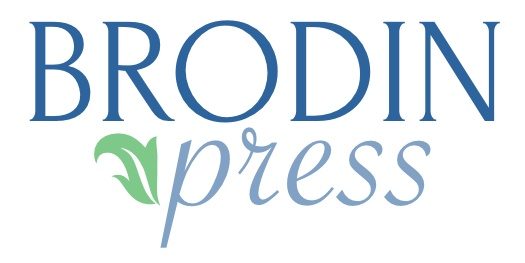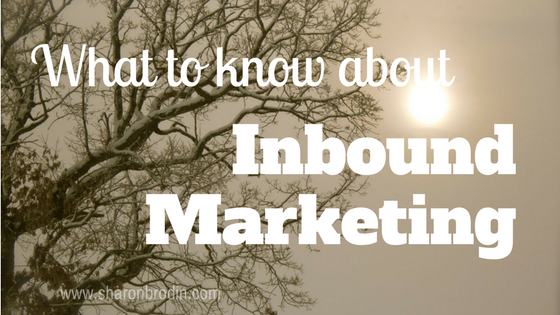
Inbound marketing vs. Outbound marketing. Have you heard those terms?
Inbound marketing has been making strong strides in the past few years. So much so that 3 out of 4 marketers now say it works better than Outbound.
If this is all new to you, or if you’ve heard snatches but want to learn more, keep reading to see why…
My husband’s biggest pet peeve: when someone comes up and interrupts a conversation he’s having with someone else.
That’s Outbound Marketing — an interruption.
Have you heard of Wall Drug? It’s a family-run business in tiny Wall, South Dakota. They started to become wildly successful when they began inviting travelers in for free ice water back in 1936. They still do, along with a 5¢ cup of coffee — and now thousands of other items.
That’s Inbound Marketing — an invitation.
Why is Inbound Marketing working so well?
Both have been around for ages. But in today’s digital online world, Inbound has become more and more effective, while Outbound has become less so.
In this article, Brian Halligan (CEO of HubSpot.com) explains why:
“First, your average human today is inundated with over 2,000 outbound marketing interruptions per day and is figuring out more and more creative ways to block them out…
“Second, the cost of coordination around learning about something new or shopping for something new using the internet (search engines, blogs, and social media) is now much lower…”
So, people are blocking out the interruptions, and they’re using online media for research long before they contact a salesperson to buy.
HubSpot’s State of Inbound 2015 report states:
“Companies are 3x as likely to see higher ROI on inbound marketing campaigns than on outbound.”
Even ones that still invest heavily in outbound.
Here’s an infographic comparing the two methods. It’s worth a click over, but here are a few highlights…
- 84% of younger adults will leave a favorite website because of annoying ads.
- 86% of TV watchers skip the commercials.
- Inbound costs 62% less per lead than outbound.
- Up to 67% of businesses say they’ve acquired a customer through Facebook, Twitter or a company blog.
So, what is Inbound Marketing?
You may be saying: “What exactly is Inbound marketing? I want examples.”
I’m glad you asked. The most important thing to remember is Inbound efforts focus on being interesting, genuine, educational, entertaining or attractive. They invite your prospect or customer in…encourage two-way communication…offer value to them.
Effective Inbound strategies include:
- An excellent website to serve as your hub
- Infographics (like the one linked to above)
- White papers
- E-newsletters
- E-books
- Podcasts
- Videos and SlideShares
- Blog posts and articles (like this one)
Again, the reason Inbound works so well is it attracts, adds value, offers sought-for information (usually for free). It isn’t focused on the business and how great it is. It’s focused on the audience — their needs and wants.
Outbound includes traditional strategies like:
- Print advertising
- TV and radio advertising
- Direct mail
- Telemarketing
- GoogleAdwords, Facebook ads and other digital ads
(It’s worth noting that some outbound is still working, or companies wouldn’t be investing in it. For example, 66% of direct mail is at least opened.)
Are there any disadvantages of Inbound marketing?
Yes. Because you’re inviting rather than interrupting, it takes longer to see it work. But those who’ve made the switch have found…
- It’s much cheaper in the long run, and…
- It gives your audience a better experience
It’s time to turn on your Inbound
Now is a great time to start investing time and budget into Inbound marketing. Or if you already are, to expand your reach into another inbound strategy.
Another helpful article:
Inbound marketing projects are my favorite ones to write. If you’d like help in this New Year with yours, let me know today.
Email: sharon@sharonbrodin.com or Call: 952-222-0620

